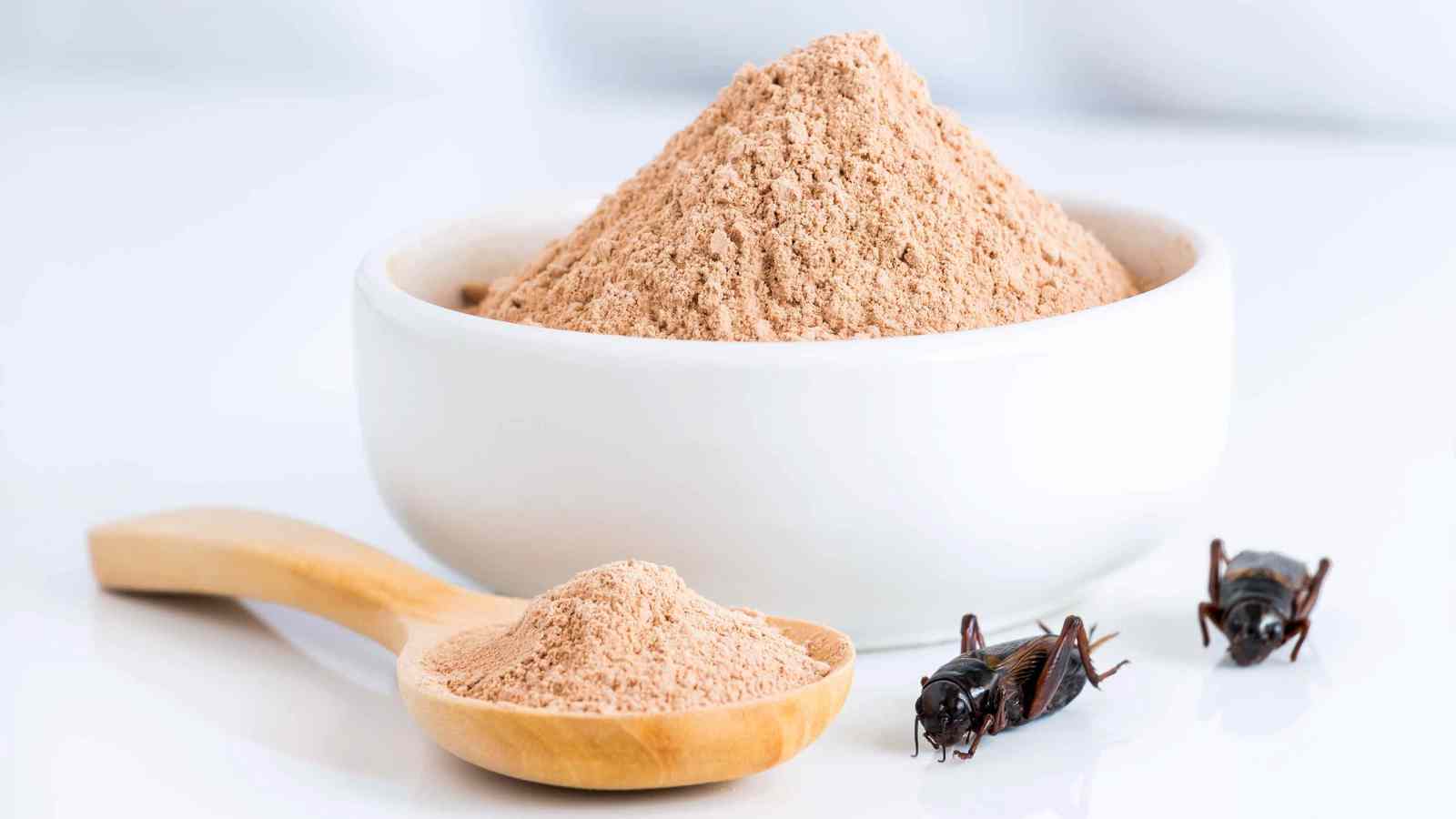
Measure the texture of foods containing insects
Learn how to optimise product texture when incorporating insect ingredients.

Opportunity in foods containing insects
As the search for sustainable, nutritious protein grows, edible insects are emerging as a powerful solution. Already enjoyed by over two billion people globally, insects like crickets and mealworms are making their way into Western foods – from bread and snacks to meat alternatives.
Why consider insect ingredients?
- Sustainable protein: Lower water, land, and feed use than traditional livestock
- Nutrient-rich: High-quality protein, fibre, healthy fats, iron, and zinc
- Low environmental impact: Minimal greenhouse gas emissions
- Discreet use: Often milled into flour – easy to add to familiar foods
The edible insect industry is projected to grow to $6.3 billion by 2030 – and innovative brands are leading the way with tasty, eco-friendly foods boosted by insect protein.
Texture challenges associated with foods containing insects
Adding insect powders or flours alters the texture of baked goods, snacks, meats, and even pet food. Getting texture right is critical for:
Bakery products
- Insect ingredients improve nutrition but can affect dough consistency, biscuit hardness, and final product volume.
- Measuring these changes helps you optimise texture when formulating healthier snacks with less sugar and more protein.
Snack products
- Insect protein boosts crunch or chew in snacks – think cookies with mealworms, or crackers with crickets.
- Texture analysis helps you deliver the right crispiness or bite to delight even hesitant, novelty-seeking consumers.
Meat and meat alternatives
- Insect protein is a promising meat substitute – either in blended or 100% insect-based products.
- Texture influences whether consumers enjoy or repeat-buy insect-based burgers, nuggets, or sausages.
Petfood and animal feed
- Pet acceptance (palatability) relies heavily on both taste and texture.
- Texture comparison against existing favourites ensures successful product launches.
How Texture Analysis can help in development of foods containing insects
Texture analysis is essential in the R&D and quality control of foods made with insects.
A Texture Analyser provides:
- Objective measurement of a huge range of textural properties
- Consistent comparisons between prototypes and competitors
- Data-driven optimisation for each formulation change
Tools and methods
- Wide range of Texture Analysers available
- Probes and attachments for every product type
- Multiple puncture probes for burgers
- Bending tests for biscuit fracturability
- Volume measurement for bread
See testing solutions for bakery, snacks, meat, and pet food.
A Texture Analyser is a crucial part of the iterative procedure of ingredient or process modifications in development, giving a reliable way to test products by applying a choice of compression, tension, extrusion, adhesion, bending or cutting tests to measure their physical or textural properties e.g. firmness, stickiness, crispiness and bite force, to name but a few.
Examples of how Texture Analysers have been applied to food containing insects
There have been countless publications of research into the use of insects in the bakery, snacks, meat and petfood/animal feed industries using Texture Analysers, in both academic and industrial settings. Some examples of the most recent research are outlined below.
Research in the bakery industry
- Cricket-Enriched Oat Biscuit: Technological Analysis and Sensory Evaluation (PDF)
- Sorghum–Insect Composites for Healthier Cookies: Nutritional, Functional, and Technological Evaluation (PDF)
- Physicochemical Properties and Consumer Acceptance of Bread Enriched with Alternative Proteins (PDF)
- Nutritional, Physiochemical, and Biological Value of Muffins Enriched with Edible Insects Flour (PDF)
Research in the snacks industry
- Effects of cricket powder on selected physical properties and US consumer perceptions of whole‐wheat snack crackers
- Effects of formulation and process conditions on microstructure, texture and digestibility of extruded insect-riched snacks
Research in the meat industry
- Physicochemical and textural properties of emulsions prepared from the larvae of the edible insects Tenebrio molitor, Allomyrina dichotoma, and Protaetia brevitarsis …
- Effect of refrigerated storage on the technological characteristics of meat stick made of insect and pork: Alternative burger meat
- Toward the design of insect-based meat analogue: The role of calcium and temperature in coagulation behavior of Alphitobius diaperinus proteins
Research in the petfood and animal feed industry
The future of food containing insects
With 9.6 billion people forecast to inhabit the planet in 2050, scientists have warned that population growth could lead to an unsustainable increase in food production if consumption patterns persist. There is a need to produce food that is balanced with our resources and feed a growing population with evolving diets. This is why there is now a growing interest in insect protein and how it can be adopted in future food and beverages. To succeed with consumers you will need the help of texture analysis.



